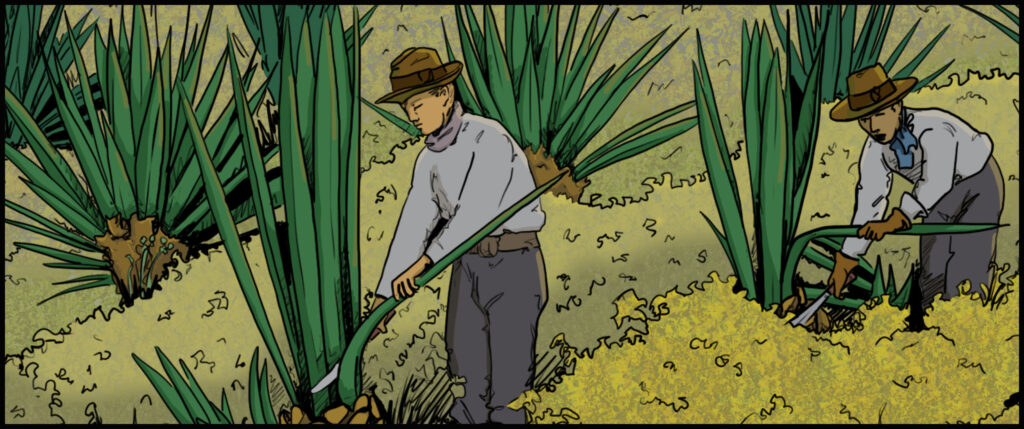
The first group of Japanese immigrants to arrive in Hawaii are generally known as the Gannenmono, or “people of the first year”. A group of approximately 150 Japanese who emigrated to Hawaii in 1868 during the first year of the reign of the Emperor Meiji. This was an era of drastic change in Japan, when the Shogunate resigned power and the beginning of an age modernization that upset the foundations of Japanese society.
Recruited by the Consul of Hawaii, Eugene M. Van Reed, this group of peasants, craftsmen, and even some former samurai, were attracted by the $4 a month wage and free travel, as well as the option of returning to Japan following a three-year contract. However, the new Meiji government did not give permission for their departure. Before dawn on May 17th, the gennenmono illegally snuck out of Yokohama harbor.
This led to a period of distrust, which led to a period, between 1869 and 1885, when the Meiji Government refused all requests from Hawaii and other foreign nations for emigrant labor. It wasn’t until January of 1885 that emigration contracts were once again allowed and an Immigration Treaty between the governments of Japan and Hawaii was concluded in 1886. Before the century closed, over 80,000 Japanese would set out to work the fields and plantations in Hawaii.
The Japanese government was now more than happy to back the contract labor system as a way of earning foreign money. It declared, "If we send 3 million workers out into the world and each one of them sends back to Japan $6 per year, the country will benefit." In fact, money remitted by the immigrants to Japan during the Meiji period amounted to more than 2 million yen annually.
Unfortunately, life was not easy for those working in Hawaii. They suffered low quality food, unsanitary living conditions, and harsh treatment from the plantation. Many workers began to feel that their conditions were comparable to the conditions of slavery. Especially when Plantation management even set up rules controlling employees’ lives after working hours, such as not being permitted to leave the plantation in the evenings and the time when they were to go to bed.
Though life was hard, and they had to struggle against European and American plantation owners for wages and a decent way of life, the Japanese community in Hawaii did’t face the sense of isolation and fear of racial attacks that many Japanese immigrants to the West Coast of the United States did. They were able to confidently transplant their traditions to their new home. Buddhist temples sprung up on every plantation and festivals such as the midsummer holiday of Obon were celebrated. And on November 3rd of each year, all work stopped as the Japanese workers celebrated the birthday of their Emperor.
A Japanese Hawaiian way of life was beginning to take root.